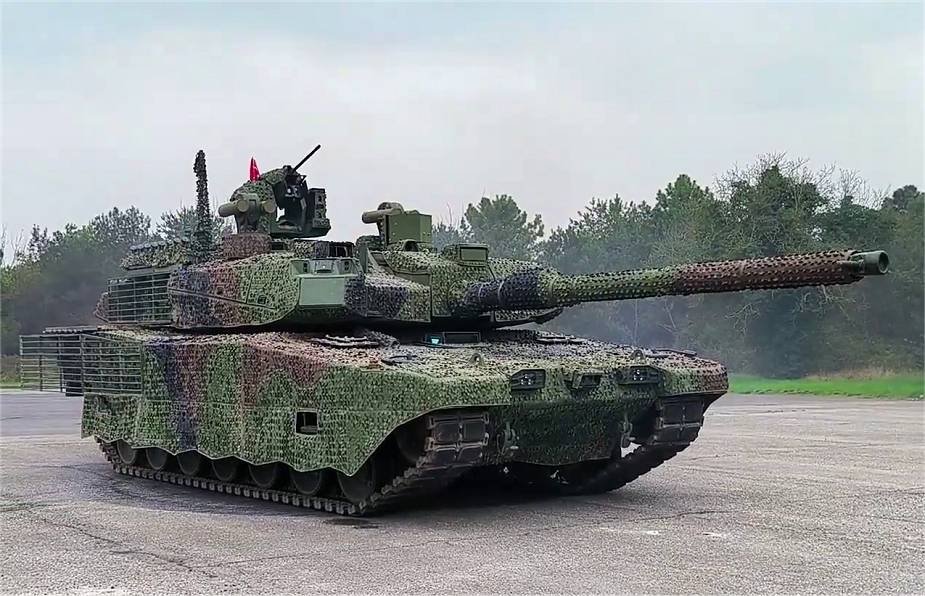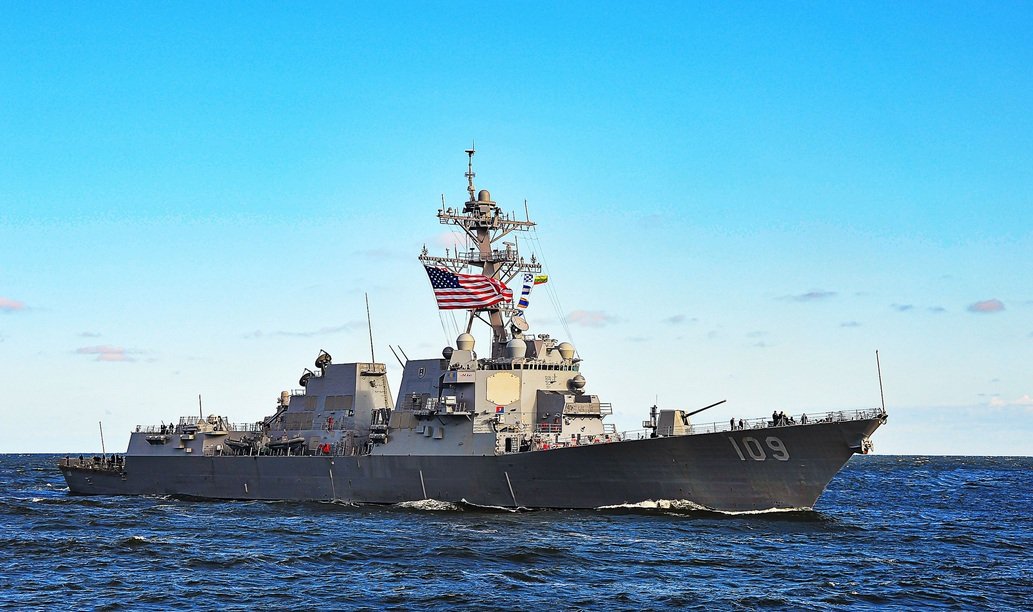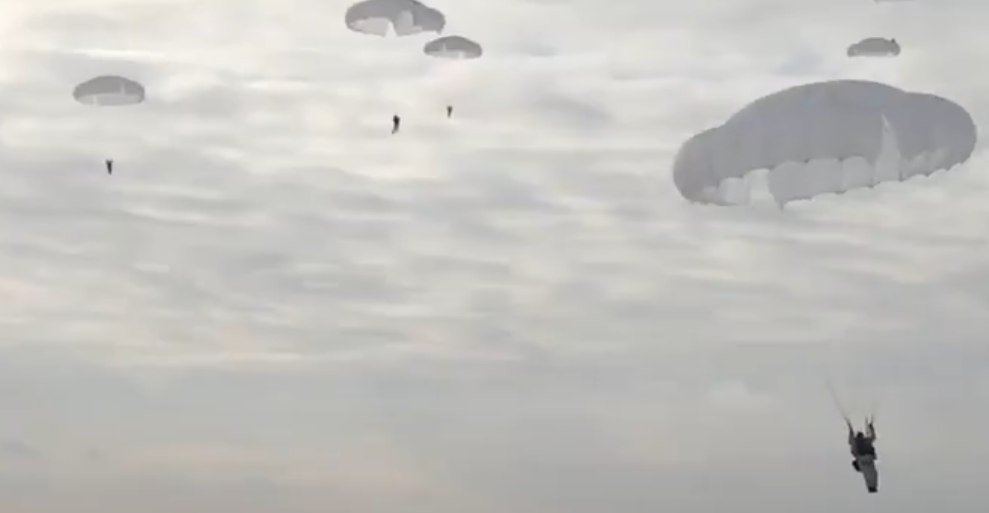
The tank that never arrived: Armata disappears from parades and doctrine
Russia, June 25, 2025 – The military parade on Red Square in Moscow is an annual ritual, the aim of which is to demonstrate not only respect for the Soviet victory in World War II, but above all the current strength of the armed forces of the Russian Federation. The ceremonial parade of heavy equipment is watched not only by the domestic audience, but also by analysts around the world. However, this year, the parade held on May 9, 2025 was more interesting for what was missing from it. The main symbol of Russia’s efforts to make a technological leap in the field of armored vehicles – the T-14 Armata main battle tank – became a noticeable absence.
Armatas disappeared, other machines remained: What (did not) appear at the 2025 parade
The parade held on May 9, 2025 on Red Square was, as in several previous years, deprived of some of the most promising types of Russian armored vehicles of the last decade. Not only were the T-14 Armata tanks missing, but also the T-15 tracked infantry fighting vehicles based on the same platform and the Bumerang wheeled personnel carriers, which were to replace the retiring BTR types. On the other hand, the T-90M Proryv tanks, the modernized BTR-82A, BMP-2M, the Tigr armored vehicles and the VPK-Ural armored cars remain a stable part of the parade. For the first time, the modernized version of the BMP-1(AM) was presented at the Moscow parade. The slightly modernized VDV vehicles (BMD-4M and BTR-MDM) were also new. Thus, this year, Russia once again presented itself with proven and mass-produced types rather than modern, but unrealized designs.
The T-14 Armata tank was first introduced to the public during the preparations for the parade in May 2015, when one of the demonstrated pieces even stopped during a test due to a malfunction in the middle of Red Square. Despite this embarrassment, the T-14 was long considered the “flagship of the future” – Russian propaganda presented it as technologically superior to all Western counterparts. In subsequent years, Armatas appeared at parades in limited numbers, but after 2020 their appearance became irregular and from 2022 they disappeared completely. The 2025 parade only confirmed the trend that this project is gradually being pushed back from public presentation.
The absence of the Armata at this year’s parade is symbolic not only because it is the non-participation of the most technologically complex tank, which was supposed to be a showcase of Russian engineering, but also because by doing so, the Russian leadership is effectively admitting the limits of its weapons capacity. Despite official statements about the reorganization of industry and rearmament priorities, it is clear that instead of visionary projects, the Russian army prefers technology that can be produced quickly, cheaply and in large quantities. In the context of the ongoing war in Ukraine, the issue of quantity is becoming more important than prestige.
The Armata platform: a technical revolution that remained on paper
The Armata project, centered on the T-14 tank, was originally supposed to represent a fundamental breakthrough in the design of heavy armored vehicles. It is based on a modular platform, on the basis of which an entire family of vehicles was to be created – from main battle tanks to infantry fighting vehicles (T-15) to recovery vehicles (T-16). The technological core of the concept is an unmanned turret with automatic loading (T-15, T-14), a heavily protected crew capsule, advanced sensors and Afghanit-type active defense. In theory, it was a conceptual leap that surpassed Western tanks primarily in the level of automation and crew protection. However, reality has shown that the introduction of such a complex system into service represents a much greater challenge than the project creators originally expected.
One of the main problems turned out to be the technical unreliability and incompleteness of key subsystems. According to Russian and Western sources, there were repeated failures of the powertrain, malfunctions of the automatic loader and problems with electronics, especially in difficult climatic and operating conditions. In addition, it was very difficult to ensure the reliability of sensor and electronic components in conditions of massive sanctions and a lack of high-quality microtechnology. Although there has been repeated talk since 2015 about the “imminent” mass production, even the first batch of T-14s has not yet been put into service. Of the originally planned hundreds of units, perhaps a few dozen were actually produced, most of which remain in test modes or were used for training.
However, the problem was not only the technical side, but also the costs. The price of one T-14 tank is estimated to be between $7 and $10 million, more than double the price of a modernized T-90M with an estimated price tag of $1.5 to $5 million. At a time when Russia has to focus on rapid recovery and efficient logistics due to the war, investing in such an expensive and complicated system seems inefficient. Despite its propaganda potential, the Armata is gradually becoming a burden, the maintenance and development of which consumes resources without tangible benefits. The 2025 parade is not an exception, but a consequence of the long-term technological and industrial failure to introduce this project into serial form.
The war in Ukraine as a laboratory: when even a supertank falls victim to a drone
The conflict in Ukraine has dramatically rewritten previous ideas about the role of tanks on the modern battlefield. Just a few years ago, heavy armored vehicles were considered a key tool of ground superiority, capable of surviving fire and maneuvers in a dynamic environment. However, the war has shown that even the best-protected tanks – including Western types such as the Abrams or Leopard 2 – can be destroyed by cheap means, primarily drones and improvised explosive devices. The already “half-forgotten” anti-tank mines have also claimed their place in the sun. Footage from the battlefield has become proof that even several layers of armor, reactive armor, or modern sensors are no guarantee of survival in an environment saturated with unmanned vehicles.
The Russian side was among the first to experience this new trend firsthand – in 2022 and 2023, it lost hundreds of tanks to coordinated attacks by drones, mines and artillery, often guided with GPS precision and corrected in real time by reconnaissance UAVs. This reality fundamentally changed the approach to the deployment of heavy armored vehicles. Instead of a few elite vehicles, a model began to prevail in which quantity and the possibility of rapid replacement outweighed the quality and protection of individual units. In this paradigm, the extremely expensive and technically demanding Armata becomes a burden, if not economic suicide – the loss of a single machine would be not only a financial but also a symbolic problem. It also turned out that the “lifespan” of a tank on the front line is often a matter of days, sometimes hours. In such an environment, the logic of developing a technologically advanced supertank turns against its purpose. As a result, the T-14 is becoming an artifact of an era that ended before it could – an era when tanks could survive months in the field and play a key role in decisive battles. Today, however, they are just another target on a crowded digital battlefield.
Armata: Expensive fiasco or valuable experience?
Although the Armata project now largely appears to be a failure, its benefits beyond its immediate military application should also be assessed. On a technological level, it was an attempt to fundamentally modernize the Russian approach to combat vehicle design. The introduction of a modular architecture, an unmanned turret, and active defenses were unsuccessful in terms of mass production, but they nevertheless brought valuable insights to Russian industry about the integration of complex systems and their limits. The development of the T-14 also served as a testbed for a number of advanced solutions that can be adapted to other vehicles – for example, modernized variants of the T-90 or future lighter platforms.
Thanks to Armata, the Russian defense industry also gained experience with digital interfaces, sensor fusion, and complex electronic architecture, although it turned out that without access to cutting-edge microcomponents from the West, this approach was not sustainable in the long term. In this respect, Armata was a laboratory in which not only the vehicle itself was tested, but also the capabilities of the Russian military-industrial complex to handle a project corresponding to the technical level of NATO. The result was a painful confrontation with reality: the technological lead of the West cannot be caught up with engineering will and propaganda alone. At the same time, it must be admitted that the symbolic value of Armata only partially met expectations. The original propaganda tool, which was supposed to demonstrate Russia’s technological superiority, became a reminder of internal weaknesses – industrial dependence, structural inefficiency, and the gap between ambition and reality.
Nevertheless, it would be hasty to label Armata a completely useless project. In the context of Russian military culture, even failed weapons programs can provide a basis for future, more pragmatic solutions. The experience with the T-14 is likely to influence the design of a new generation of tanks, this time with a greater emphasis on sustainability, cost-effectiveness and compatibility with the real battlefield. The Armata is thus written into history more as a symbol of a lost era than as a cornerstone of a modern tank army. But its development was not in vain – it offered insight into the limits of Russian industry, made it possible to test new technologies and at the same time paved the way for a more realistic direction for Russian armored vehicles. Whether the Kremlin will manage to turn this knowledge into more effective and affordable combat equipment will be shown only by the next phase of development – not only of weapons, but also of the entire doctrine of the Russian ground forces.


Peter North


















